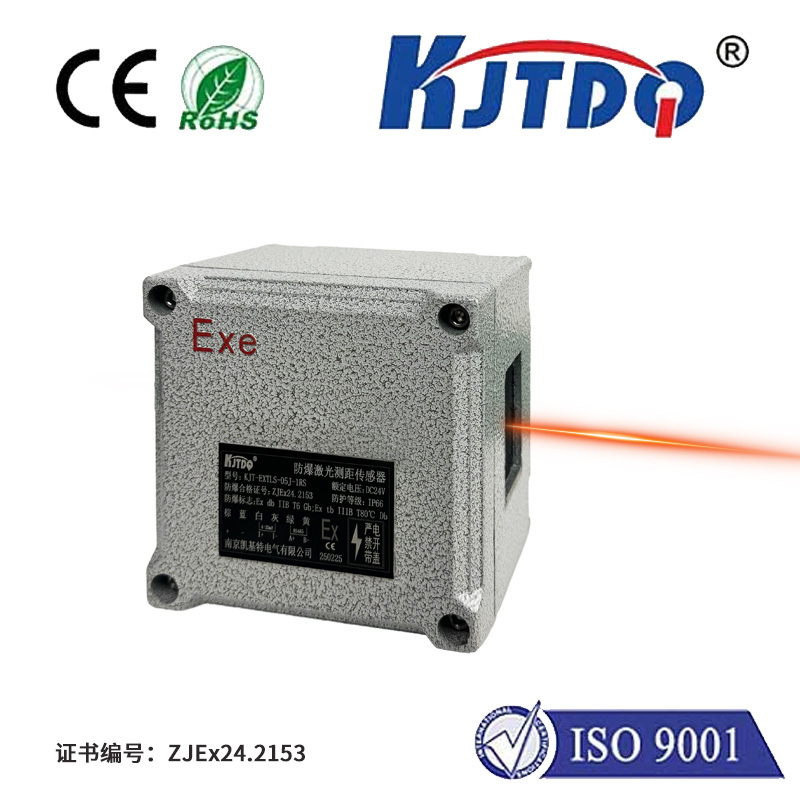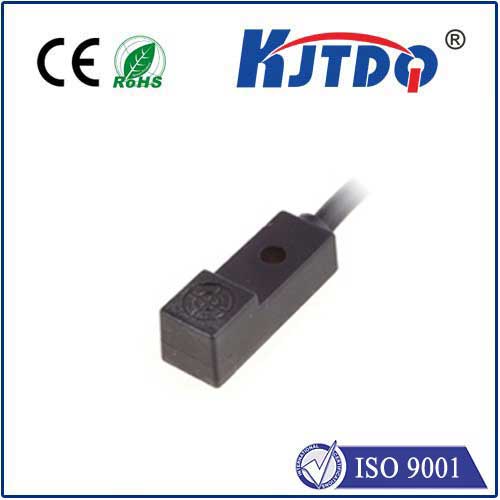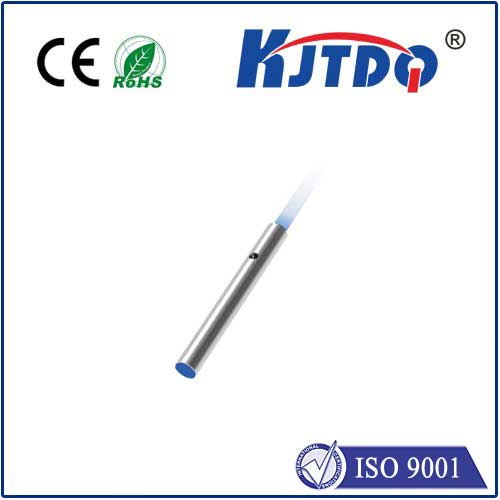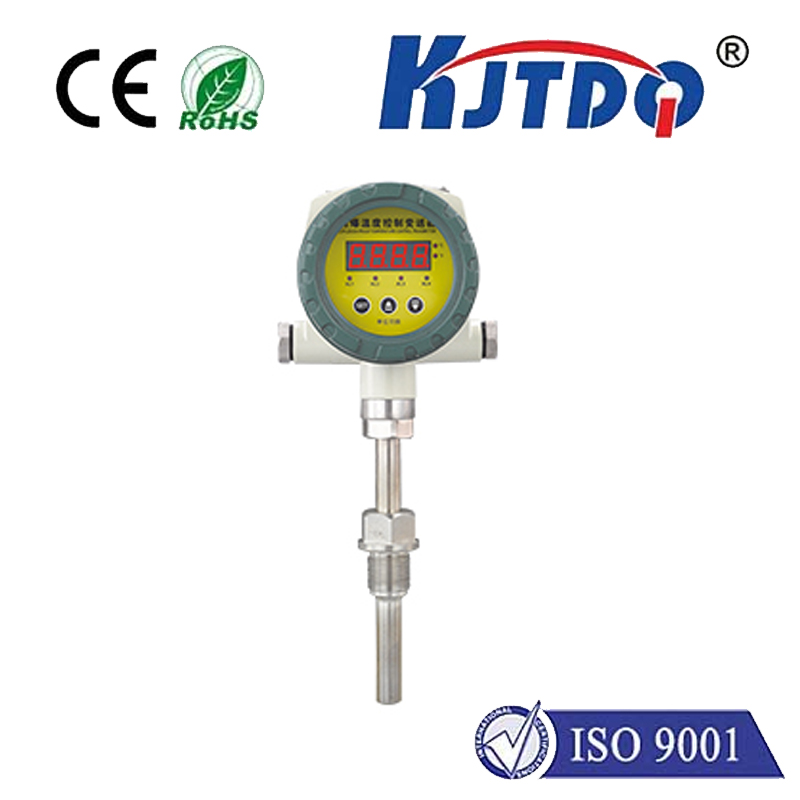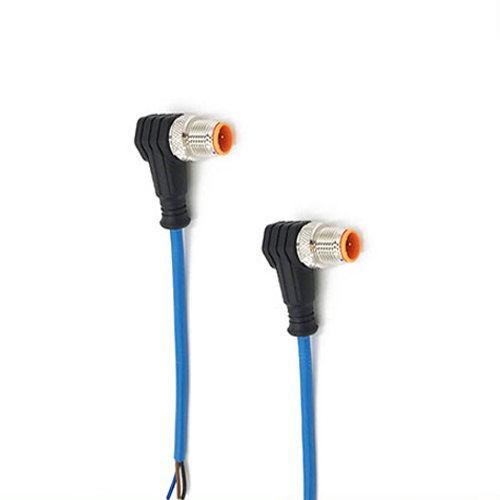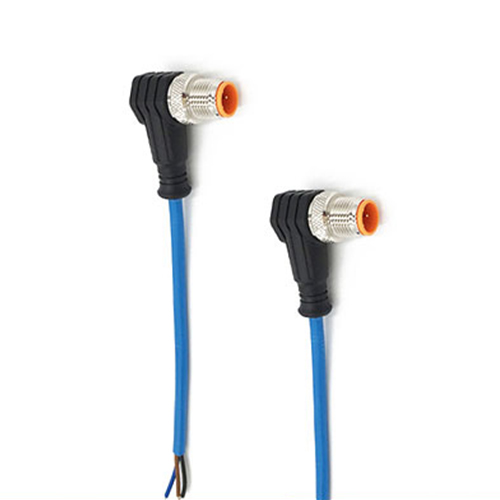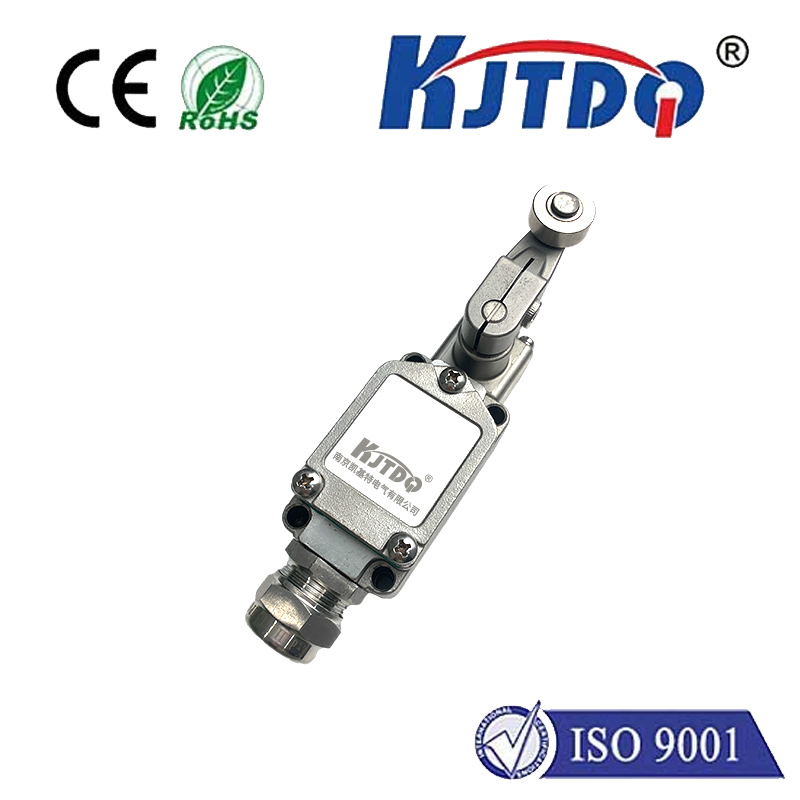

check

check

check

check
Imagine precisely detecting a transparent vial on a high-speed filling line, a tiny electronic component on a vibrating feeder, or a label edge within the confined space of packaging machinery. These aren’t hypotheticals; they’re daily battles on the factory floor where traditional sensors often falter. Enter the E3T-SL23 2M fiber optic photoelectric sensor – a specialized tool engineered to conquer these exacting tasks with remarkable reliability and flexibility. This sensor represents a critical fusion of advanced photoelectric sensing principles with the unique advantages of fiber optic technology, creating a solution indispensable for modern automation where precision and resilience are non-negotiable.
At its core, a photoelectric sensor operates by projecting a beam of light (visible or infrared) and detecting changes in the received light intensity caused by the presence or absence of a target object. They excel at non-contact detection across various distances and materials. However, standard photoelectric sensors have limitations, particularly in harsh environments or when detecting exceptionally small, shiny, or translucent objects. This is where fiber optic technology transforms the equation.

Fiber optic photoelectric sensors decouple the light emission and reception electronics from the actual sensing point. The electronic amplifier unit (like the E3T base) houses the sophisticated circuitry generating the light beam and processing the return signal. This unit connects to a passive fiber optic cable assembly – essentially flexible “light pipes” made of glass or plastic fibers. The SL23 in E3T-SL23 specifically denotes a compact, rectangular sensor head style terminating the 2-meter fiber optic cable. This separation is revolutionary:
The E3T-SL23 2M fiber optic sensor shines in applications demanding its unique strengths:
Choosing the right amplifier unit (the E3T base) is crucial to unlock the full potential of the SL23 fiber head. Modern amplifiers offer features like digital sensitivity adjustment, sophisticated background suppression logic, multiple output types (NPN/PNP, relay), and various operation modes. The amplifier tailors the sensor’s behaviour – whether it needs fine-tuning to ignore background objects, high-speed response for rapid production lines, or specific output signals for the PLC. This combination of a versatile, rugged fiber optic head like the SL23 and a powerful, configurable amplifier makes the E3T-SL23 system incredibly adaptable.
Key advantages that make the E3T-SL23 2M fiber optic photoelectric sensor a preferred solution include its unmatched size advantage for confined spaces, superior resistance to electrical noise, robust performance in dirty or wet environments, versatility across multiple sensing modes, and the installation flexibility afforded by the 2-meter cable allowing remote mounting of the amplifier. While the initial cost might be higher than standard photoelectrics, the reliability, reduced downtime, and ability to solve otherwise impossible detection tasks deliver significant long-term ROI.
In the relentless pursuit of efficiency and quality within automation, sensors that push boundaries are invaluable. The E3T-SL23 2M fiber optic photoelectric sensor is precisely such a tool. By leveraging the clarity and resilience of light guided through optical fibers, it overcomes the environmental and physical limitations that hinder conventional sensors. Its compact SL23 head paired with the flexible 2-meter cable empowers engineers to tackle demanding detection challenges – from the smallest components to the harshest environments – ensuring processes run smoother, faster, and with unwavering precision. When visibility, space, or interference are your enemies, this sensor provides the critical, unseen precision needed to win.
